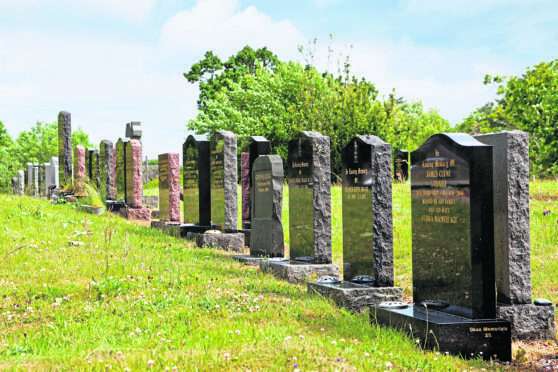A lack of burial spaces in Argyll has prompted the local authority to look at ways of coping in the future.
Argyll and Bute Council will begin consulting with residents in the new year and more than half of the area’s 131 cemeteries are effectively full.
Officials will be asking locals about their personal choices to help create a new set of cemetery policies.
Councils are only required by law to provide one cemetery per area. Argyll and Bute has 65 cemeteries available for the purchase of lairs.
A further 66 are closed to the sale of spaces – and have been since 2005.
Across the region, a large number of lairs have been sold, but 70 years have lapsed without some of them being used.
One option – in areas of most need – could be to investigate if these are still needed and to claim them back if they are not.
Councillor Robin Currie, policy lead for Housing, Roads and Infrastructure Services, said: “Caring appropriately for those who have passed away has been an important rite for human beings for many thousands of years – whatever our beliefs.
“We appreciate the desire from people to be at rest with their loved ones in places with family connections.
“What we want to do is understand priorities and expectation so we can plan for the future and try to ensure that no areas are disadvantaged.”










